On the 30 June, 2018, The University of Hong Kong invited Archigram to do a Symposium at the University of Hong Kong.
On the Sunday after the lecture, I was fortunate to catch up with David Greene in an evening walking around Tsim Sha Tsui on the Kowloon side. It was the first time David visited Hong Kong so everything is new and exciting for him.
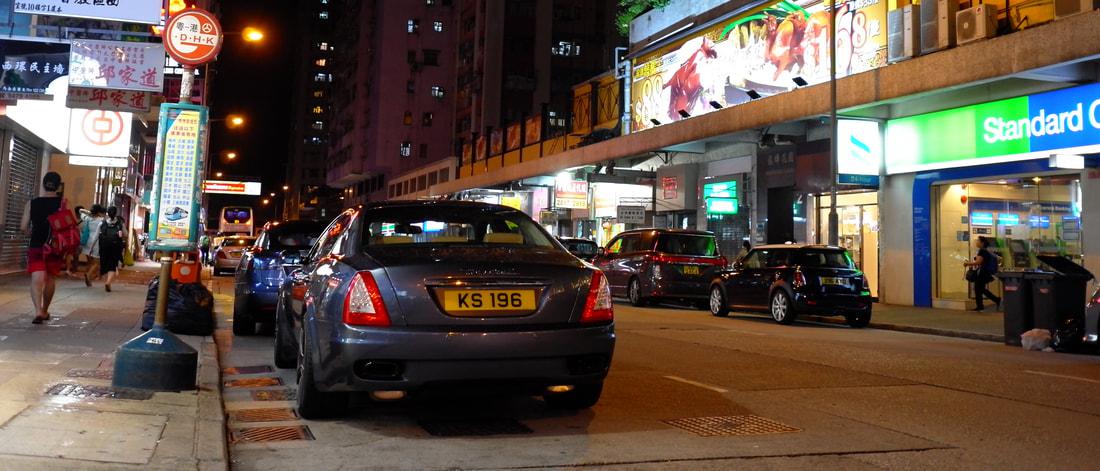 Parked outside Hotel Jenn on a Sunday Evening
Parked outside Hotel Jenn on a Sunday Evening
Picking David up in the Hotel, we stopped at the traffic lights on our way to Kowloon.
“The density (of Hong Kong) is amazing, not every day you see an elevated highway adjacent to densely packed residential dwellings” said David as we sat inside my car looking up at the flyover above us. Hong Kong is the fourth most densely populated place in the world (after its neighbor, Macau, Singapore and Monaco)
If one looks at Central from above, you will be amazed on the sheer density of the city. Every plot of land has been maxed out and extruded up. As the lights turned green, David had another observation, “Architects can here draw a single plan and extrude as high as they can!” He didn’t speculate any further, but I think that he try to imply that there is no attempt by the architect to design a façade and it was a manifestation based on pure functionality. It is form follows function taken to its very extreme
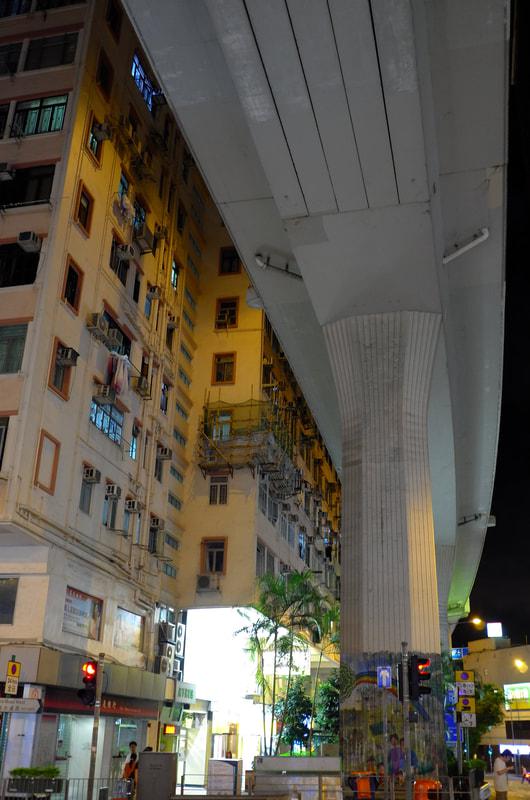 Elevated highway adjacent to densely packed residential dwelling
Elevated highway adjacent to densely packed residential dwelling
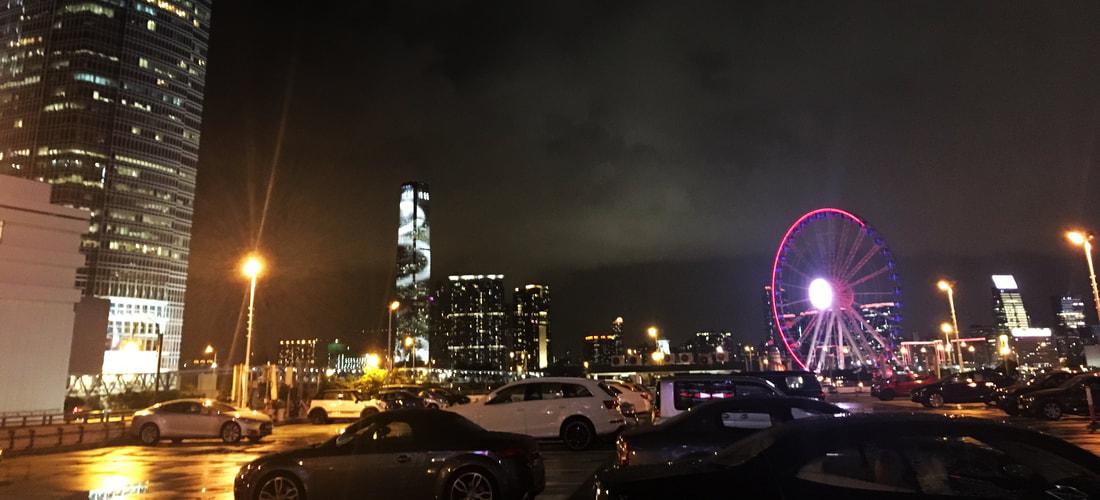 Skyline of Kowloon from Central As we made our way on to Canton road, David observed that everything was branded from the streetscape to the items people wear, to the phones people use, to the car that people drive. “It’s a city of branding isn’t it?” Everything is brand new, a young society where most individuals seek the newest and the latest trends.
Skyline of Kowloon from Central As we made our way on to Canton road, David observed that everything was branded from the streetscape to the items people wear, to the phones people use, to the car that people drive. “It’s a city of branding isn’t it?” Everything is brand new, a young society where most individuals seek the newest and the latest trends. 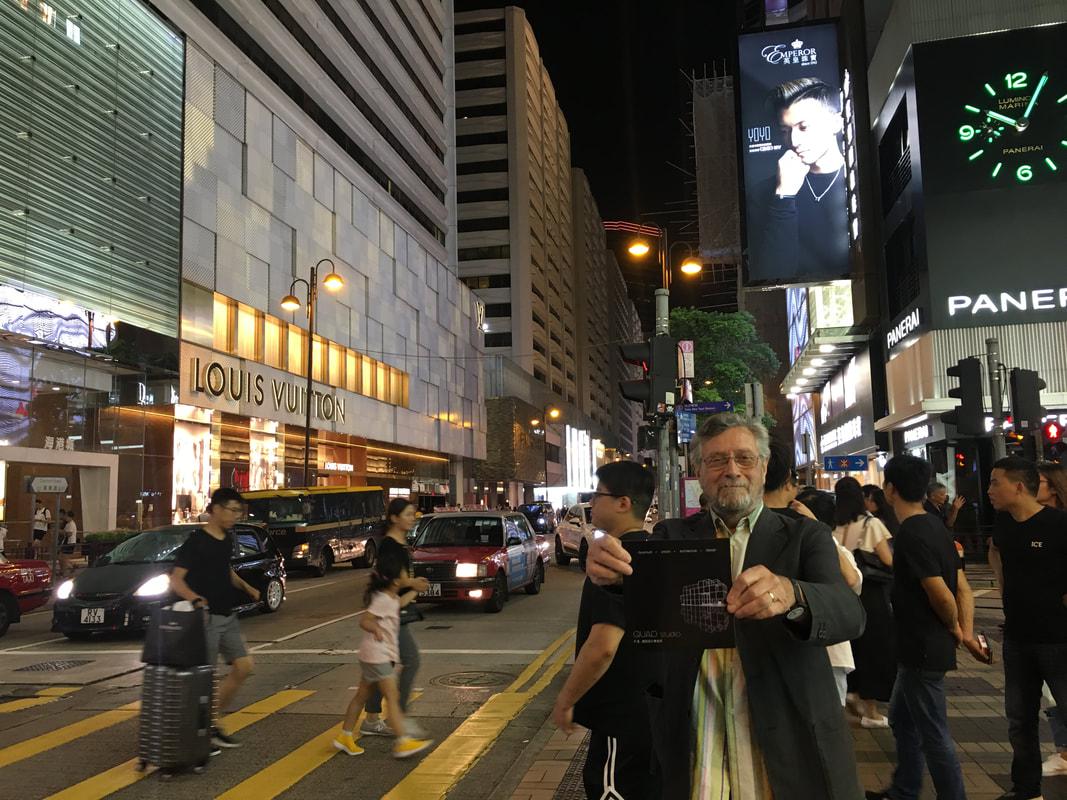 David Greene on Canton Road in a busy Sunday evening
David Greene on Canton Road in a busy Sunday evening
Upon arrival on the top floor of No.1 Peking Road, we were greeted at the reception. Our table wasn’t ready so we went to the bar for a drink. As we entered the mezzanine level, there was a dramatic panoramic view of the Hong Kong skyline to the south and a much calmer view of the city of Kowloon to the north. David was worried about jetlag so he decided to stick with local beer. David had problems differentiating the light coming from the adjacent buildings and reflections from the restaurants. “The beauty of LED! In the 60’s, we had to rely on neon to create this effect” hence, technology changes a city. In the 60’s and 70’s the city was lit by neon bill boards cantilevering over the streets. Although these billboards still exist, their existence are diminishing because of the introduction of LED advertisement. LED has the ability to be seen from afar to the point where whole Hong Kog harbor is lined with LED façade lghting as well as advertisement.
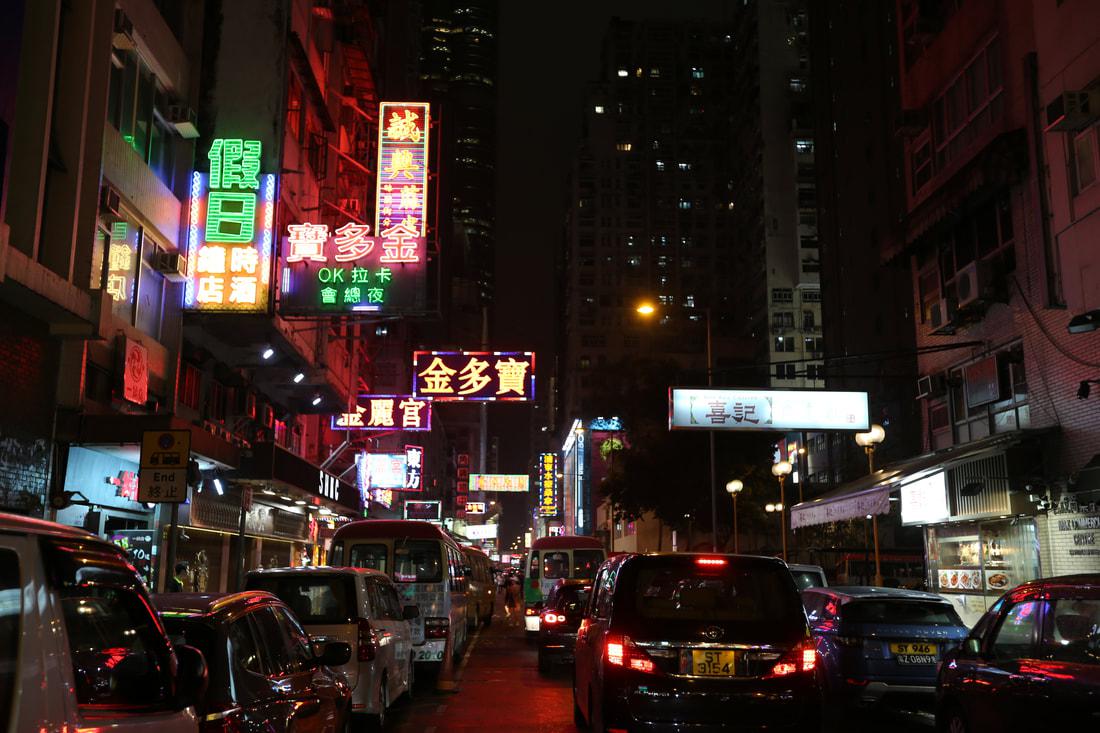 Neon signs hanging over Shanghai Street. A mark of the old Hong Kong
Neon signs hanging over Shanghai Street. A mark of the old Hong Kong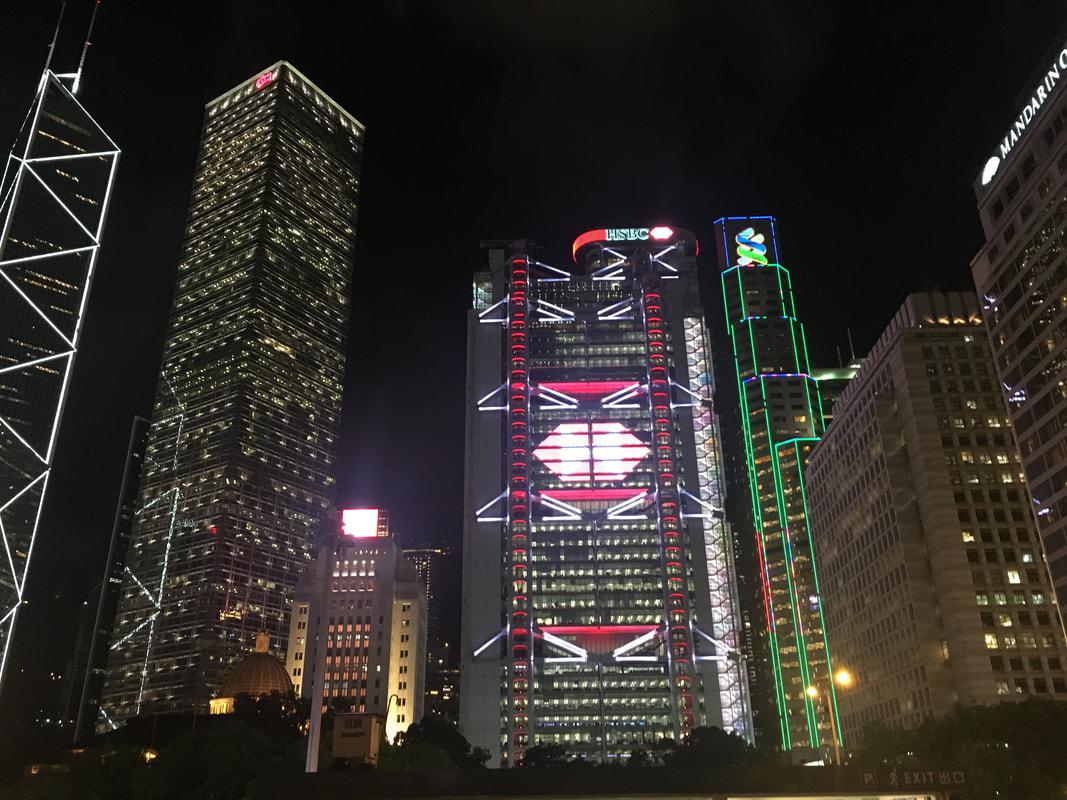
LED façade, a mark of the advertisement of today
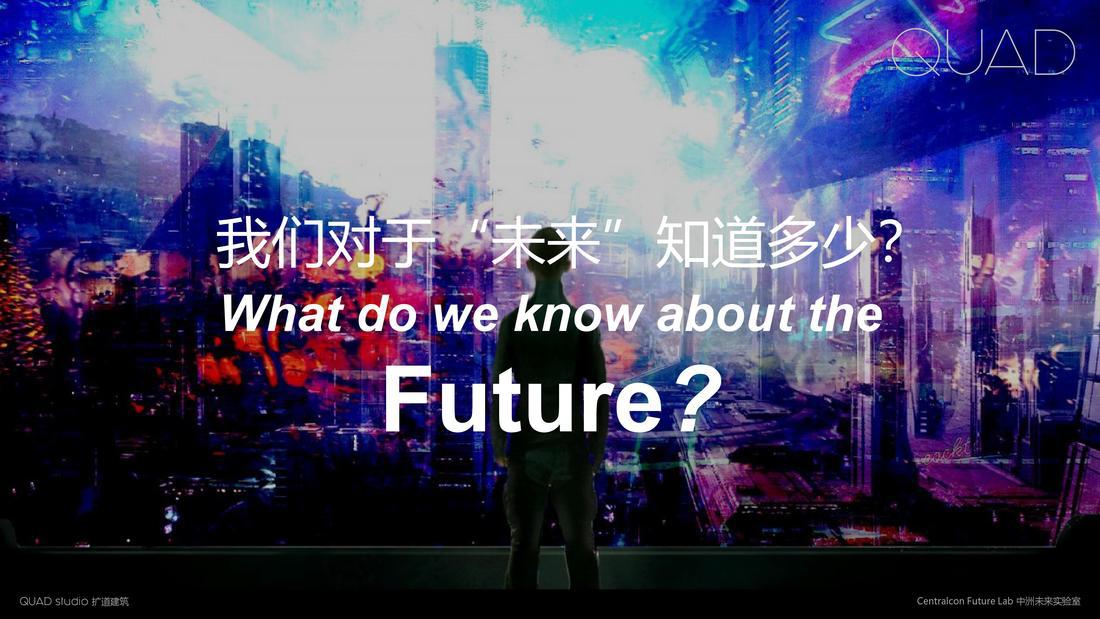 By the time our table was ready, we gradually changed topic to the ideas behind a future city. According to David, infrastructure is one of the most important components of a modern city. It changes the behavior of a city because transportation allows people to connect more efficiently.In a medieval village, people depended on agriculture or fishing and sometimes they travel to other villages to trade. With the horse, people can go further and further to connect and trade. In the Industrial Revolution where horses are replaced by mechanical contraptions that moves and hence, base on our knowledge of history, the city of the future evolves due to technology. So where do we go from here? We all know that today, there are 7 billion people in this world and over 50% of the world’s population live in cities. The old American model of living in the suburbia and working in the city does not work anymore and especially here in Asia. Every city in Asia suffers from traffic congestion is a very serious way. The only way we can resolve this is to rethink the way the city works in the future.
By the time our table was ready, we gradually changed topic to the ideas behind a future city. According to David, infrastructure is one of the most important components of a modern city. It changes the behavior of a city because transportation allows people to connect more efficiently.In a medieval village, people depended on agriculture or fishing and sometimes they travel to other villages to trade. With the horse, people can go further and further to connect and trade. In the Industrial Revolution where horses are replaced by mechanical contraptions that moves and hence, base on our knowledge of history, the city of the future evolves due to technology. So where do we go from here? We all know that today, there are 7 billion people in this world and over 50% of the world’s population live in cities. The old American model of living in the suburbia and working in the city does not work anymore and especially here in Asia. Every city in Asia suffers from traffic congestion is a very serious way. The only way we can resolve this is to rethink the way the city works in the future. 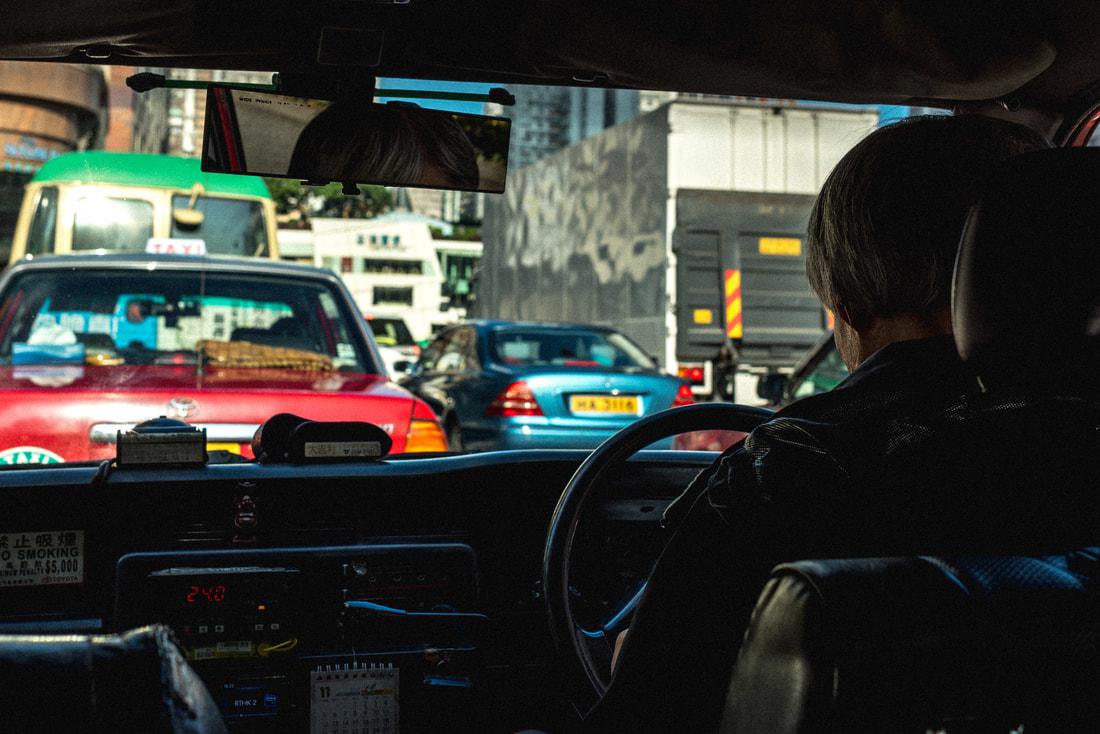 A common sight of a morning rush hour traffic jam in Hong Kong
A common sight of a morning rush hour traffic jam in Hong Kong
I discuss with David the idea of developing satellite towns where the use is mixed. Where the office is in close proximity to where you are living. Multi-use public spaces where public realms can be used for different activities during the day. Maintaining a small carbon footprint and a variety of attractions to keep us all entertained. In response, David speculated on the what if? As cities thrive on the infrastructure network, why can’t we do something about the traffic congestion. In the past decade, people are shopping on line rather than going to the high street. People are ordering small amounts of goods with higher frequency. As an impact, there are more and more delivery vans to cater for the demand. FedEx and UPS deliver more than 5.1 Billion packages every year and accounts for 20% of the cities congestion. Streets are not designed for this amount if traffic. Imagine In the future, we used drones as a delivery tool? The concept will require a new way of receiving parcels, maybe, buildings will need their own drone parcel receptor? Apart from drones, driverless vehicles maybe another way of reducing traffic on the road by eliminating emotion from driving creating a more efficient means of transportation. 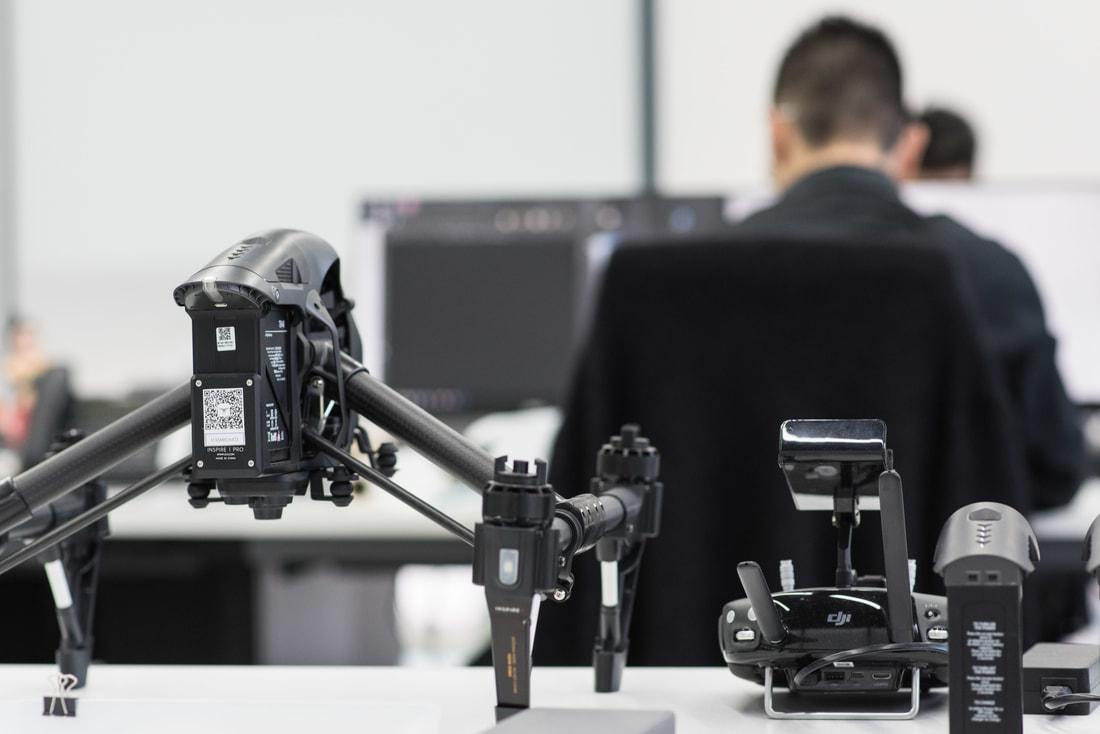
Imagine I the future, we used drones as a delivery tool?
David had another question; “Where does all your rubbish go?” waste is a huge problem and currently Hong Kong has a monumental waste problem. By 2020 the regions landfill sites will be full. As more people feel the lure of city living, the whole world is watching how Hong Kong deals with this waste epidemic. Hong Kong does offload some of our rubbish to China for recycling and currently Hong Kong is planning a waste incinerator on Lantau and looking into food processing plants to recycle waste from commercial kitchens.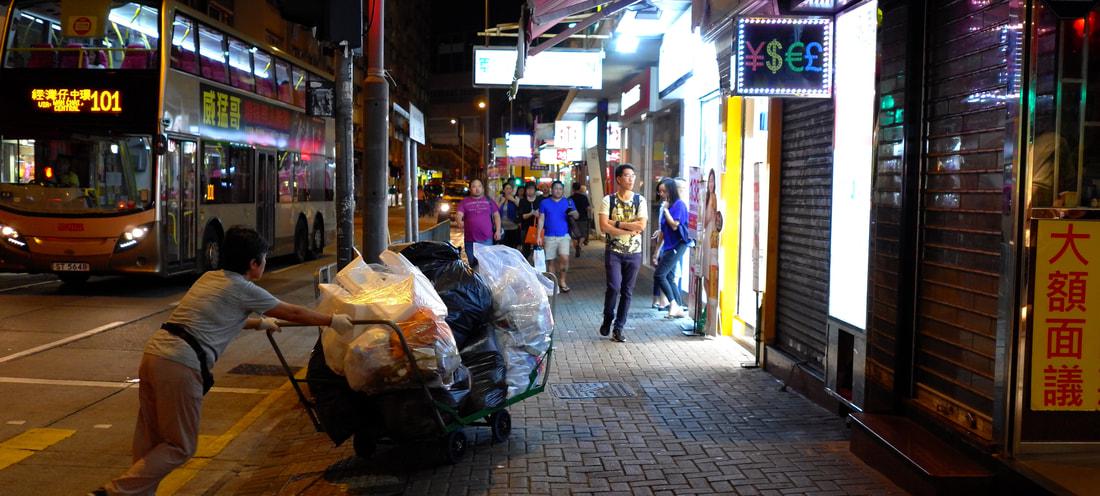 Lady moving trash for recycling in Hong KongMaybe we can learn from Japan? Japan is an incredibly clean and eco-friendly country that is super keen on recycling. Their system is super complex to a point you might call anal. Japan has a 42page guide book for recycling. Garbage is sorted out to burnable, non-burnable, paper, plastic, PET bottle, cans, Styrofoam, newspaper, cartons, unbroken glass, batteries and food waste. Maybe we can design a system that helps us sort all this out automatically
Lady moving trash for recycling in Hong KongMaybe we can learn from Japan? Japan is an incredibly clean and eco-friendly country that is super keen on recycling. Their system is super complex to a point you might call anal. Japan has a 42page guide book for recycling. Garbage is sorted out to burnable, non-burnable, paper, plastic, PET bottle, cans, Styrofoam, newspaper, cartons, unbroken glass, batteries and food waste. Maybe we can design a system that helps us sort all this out automatically
As the city is gets less and less efficient, it is only prudent to say that “It is a problem your generation need to solve” said David and it is no easy task. The future is what we design it to be. The solution requires a rethink on the way we live, work and play in a city and technology plays a big part in our design approach. How do we alleviate traffic congestion? How do we manage all the waste? Can intelligent assistants learn one’s interests and habit to a point where they can be more like our companion?
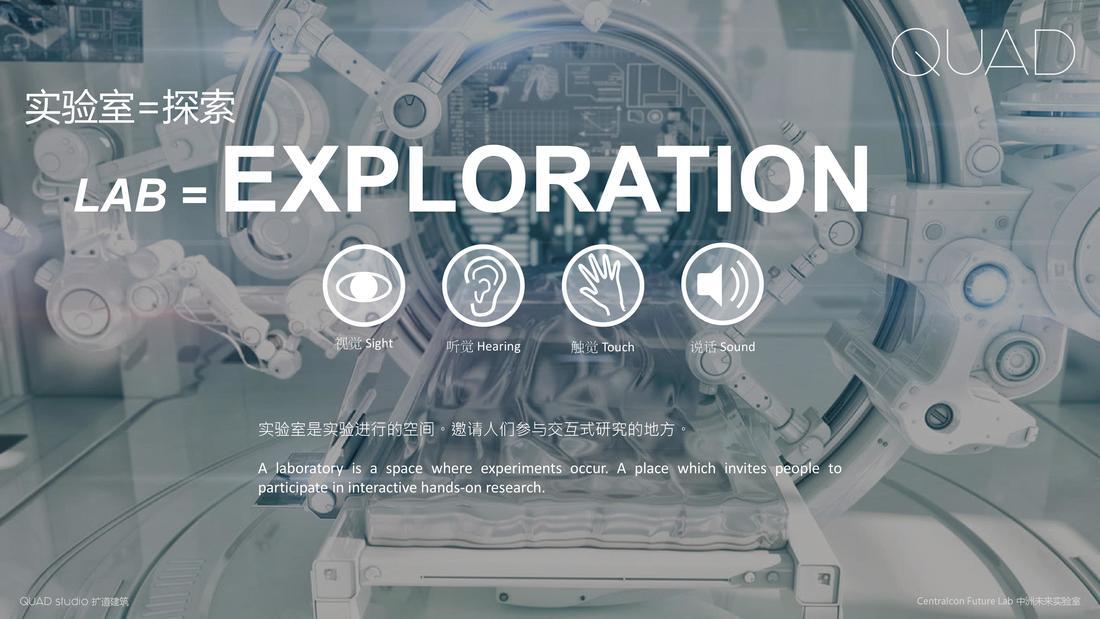
A LAB where experiments occur, a place to explore the future together
Technology breakthroughs will ultimately change the workings of the city hopefully for the good. However, the only way we can step forward into the future is to know more about the future and to know more about the future we need to simulate a possible future. Ultimately, we all need a LAB, a platform to research and develop possibilities of a better future before it is too late. 
A collage showing journey of exploration in the LAB
It was close to 11pm as I took David back to his hotel. We arrive in no time at all. “Hong Kong is a very efficient city” he said. Compared to other cities in Asia, Hong Kong is a very efficient city with an exceptional public transportation system. But as more and more people feel the lure of city living, how far can we go until the infrastructure can no longer work properly? It’s really about time to rethink.I haven’t had a decent conversation with David for over 20 years and it was rest assuring that his views and ideas are still quite cutting edge after all these years. I leave you with a picture taken at Aqua to commemorate this interesting evening with David.
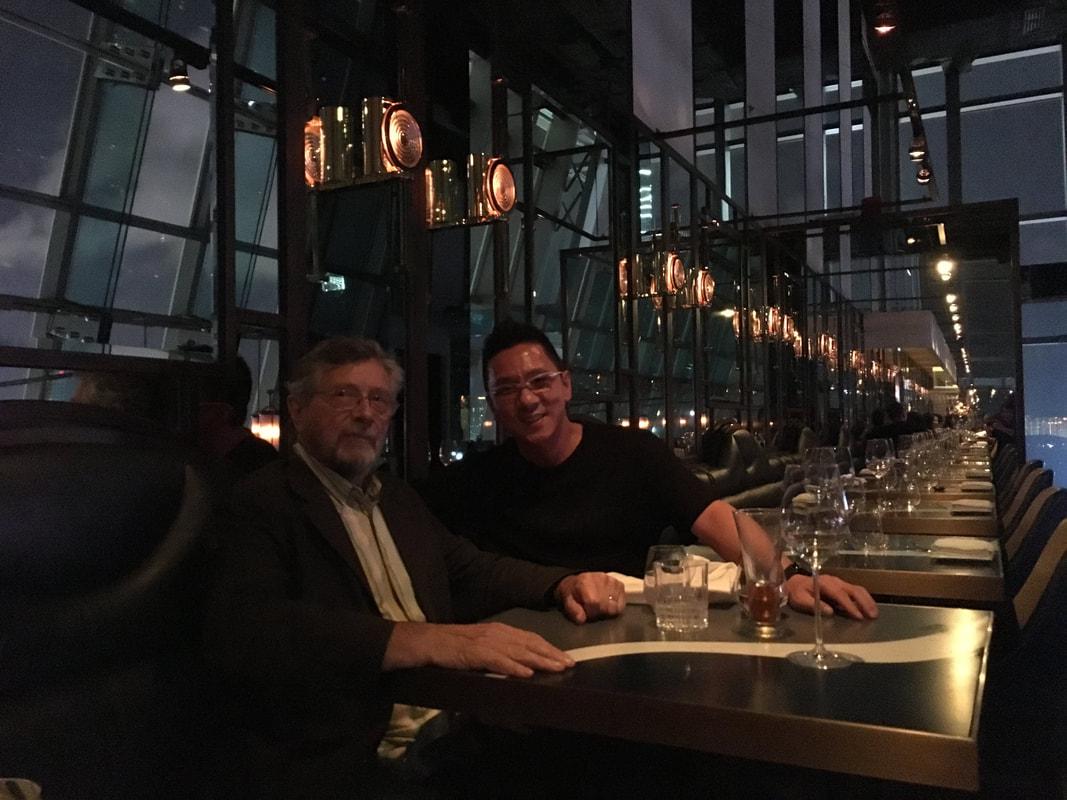 David Greene and Wai Tang at Aqua, No. 1 Peking Road, Tsim Sha Tsui, Kowloon, Hong Kong, 2018
David Greene and Wai Tang at Aqua, No. 1 Peking Road, Tsim Sha Tsui, Kowloon, Hong Kong, 2018


